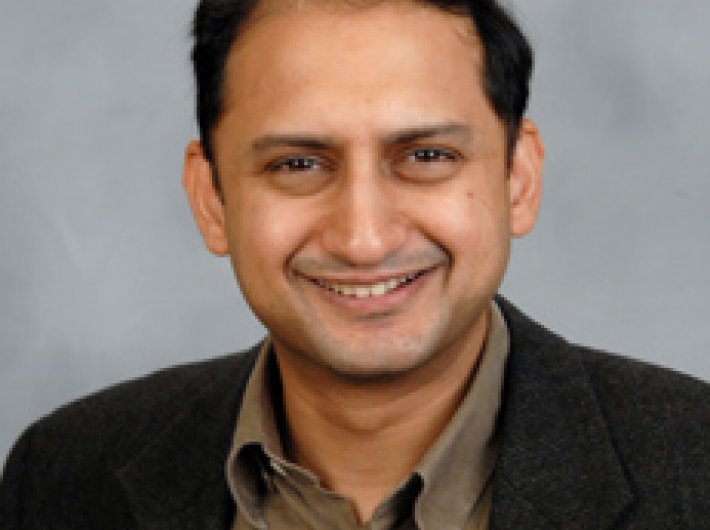A primary cause for the recent slowdown in our growth is the stress on the banking sector’s balance-sheet, said Viral V Acharya
“We need soon a much more powerful plan – “Sudarshan Chakra” – aimed at swiftly, within months if not weeks, for restoring public sector bank health, in current ownership structure or otherwise,” said Reserve Bank of India deputy governor Viral V Acharya.
Addressing the 8th RK Talwar Memorial Lecture in Mumbai on Thursday, Acharya said that a whole ecosystem is evolving around the Insolvency and Bankruptcy Code (IBC) and the Reserve Bank’s steps have contributed to this structural reform.
“The government of India has been infusing capital on a regular basis into the public sector banks, to enable them to meet regulatory capital requirements and maintain the government stake in the PSBs at a benchmark level (set at 58 per cent in December 2010, but subsequently lowered to 52 per cent in December 2014).
“In 2015, the government announced the “Indradhanush” plan to revamp the public sector banks. As part of that plan, a program of capitalisation to ensure the public-sector banks remain BASEL – III compliant was also announced. However, given the correctly recognised scale of NPAs in the books of public sector banks and the lower internal capital augmentation given their tepid, now almost moribund, credit growth, substantial additional capital infusion is almost surely required. This is necessary even after tapping into other avenues, including the sale of non-core assets, raising of public equity, and divestments by the government,”
said Acharya.
The Cabinet Committee on Economic Affairs has authorised an alternative mechanism to take decision on the divestment in respect of public sector banks through exchange-traded funds or other methods subject to the government retaining 52% stake.
“Synergistic mergers may also be part of the broader scheme of things. The Union Cabinet has also authorised an Alternative Mechanism for approving amalgamation of public sector banks. The framework envisages initiation of merger proposal by the Bank Boards based on commercial considerations, which will be considered for in-principle approval by the Alternative Mechanism. This could provide an opportunity to strengthen the balance sheets, management and boards of banks and enable capital raising by the amalgamated entity from the market at better valuations in case synergies eventually materialise,” he said.
“All of this is good in principle. There are several options on the table and they would have to work together to address various constraints. What worries me however is the glacial pace at which all this is happening,” added Acharya.
Acharya, who was a professor at New York University Stern School of Business before taking up the RBI assignment, said: “…I fear time is running out…The Indradhanush was a good plan, but to end the Indian story differently, we need soon a much more powerful plan – “Sudarshan Chakra” – aimed at swiftly, within months if not weeks, for restoring public sector bank health, in current ownership structure or otherwise.”
He went on to say that a primary cause for the recent slowdown in our growth is the stress on the banking sector’s balance-sheet, especially of public sector banks.
The stress in bank assets has been mounting since 2011 and has now materially crystallised in the form of non-performing assets (NPAs). “Some banks are under the Reserve Bank’s Prompt Corrective Action (PCA) having failed to meet asset-quality, capitalisation and/or profitability thresholds; others meet these thresholds for now but are precariously placed in case the provisioning cover for loan losses against their gross non-performing assets is raised to international standards and made commensurate with the low loan recoveries in India.”
He added: “When bank balance-sheets are so weak, they cannot support healthy credit growth. Put simply, under-capitalised banks have capital only to survive, not to grow; those banks barely meeting the capital requirements will want to generate capital quickly, focusing on high interest margins at the cost of high loan volumes. The resulting weak loan supply and the low efficiency of financial intermediation, have created significant headwinds for economic activity.”
